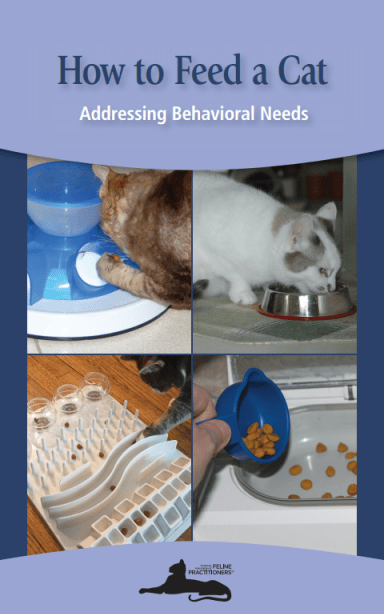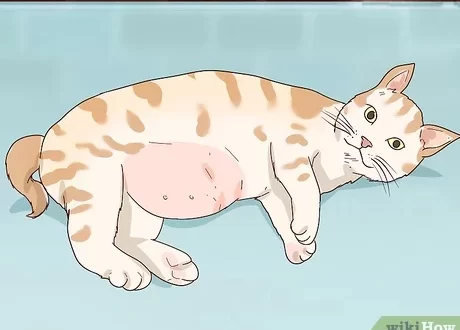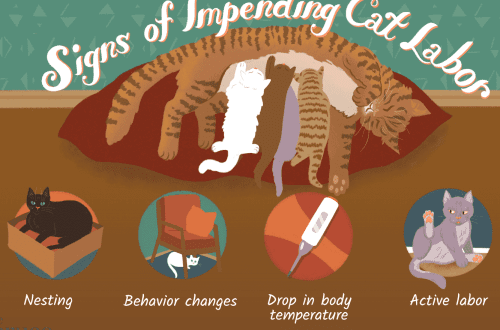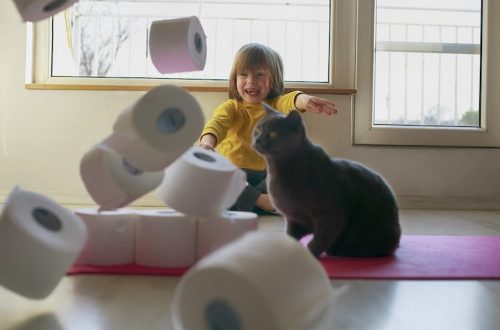
Шта и како хранити мачку
Balanced and high-quality nutrition is the key to longevity and health of the cat. You can choose natural food or dry food. Once you’ve made a choice, stick with it. In no case should you mix industrial and natural feed – this is fraught with digestive problems. What and how to feed a cat?
Садржај
Natural food for cats
Many owners choose “natural”. It’s tasty and healthy. However, do not forget that when choosing natural food, the owner has an increased responsibility for calculating the correct diet. A mistake can result in illness. Some are convinced that the cat itself knows the measure in the amount of food. This is far from true. Many purrs are ready to eat all the time. The result of such incontinence is excess weight, breathing problems and other ailments. The calculation of the diet for a kitten (from 10 weeks to 9 months) can be carried out using the following formula:
| Kitten weight X 10% = Daily ration |
That is, a kitten weighing 2,5 kg should eat about 250 grams of food per day. Dairy products should make up ½ of the diet. Another ½ is meat. The amount of diet for an adult cat is calculated based on a different formula:
| Cat weight X 5% = Daily ration |
That is, a cat weighing 5 kg should eat 250 grams of food per day. It can be 130 grams of fermented milk food and 120 grams of meat. You can add 10 – 15 grams of vegetables per day and 2 – 5 drops of oil. You can weigh a cat as follows: first stand on the scales yourself, then – with a pet in your arms. The difference between the two numbers is your furry friend’s body weight. If you’re a fan of calorie counting, you can do the same for your cat. A kitten and teenager need more energy (838 kJ) than an adult cat (353 kJ). As for overweight animals, they need a maximum of 251 kJ calories per day.
Чиме хранити мачку
The following foods can be included in the diet:
| месо | It is better to choose lean beef or chicken. It is acceptable to use rabbit meat or lamb. Pork is strictly prohibited! The meat is given raw, but preliminarily doused with boiling water. However, some cats prefer a boiled product. |
| Риба | Choose low-fat sea fish, clean it from the bones, boil it. However, to abuse the “fish days” is not worth it. Fish can be given once a week instead of meat. Fish should not be given to sterilized and neutered cats and cats! |
| Дробовина | A cat can be given heart, lungs, liver or kidneys. However, keep in mind that their calorie content and usefulness are lower than those of meat. Offal is given raw, no more than 2 times a week. But for many cats, these foods cause diarrhea and vomiting, so be careful. |
| Dairy products (kefir, cottage cheese, cheese, sour cream) | They should make up 50% of the cat’s diet. Fat content should not exceed 9%. But fat-free ones are also not very useful: they can lead to diarrhea. The cat’s body does not digest milk well. |
| Поврће | A cat can eat almost any vegetable: pumpkin, beets, carrots, cabbage, peppers. Focus on your pet’s preferences. Vegetables are finely chopped, served raw or stewed in water, you can add oil. Potatoes are not recommended. |
| Јаја | Quail or chicken can be added to cottage cheese or kefir (1 piece per week). |
| Мекиње | Can replace vegetables, they are good for digestion. They are often mixed with meat or dairy products. |
| Уље | Flaxseed, pumpkin, vegetable, olive is added to food (no more than 5 drops), has a beneficial effect on digestion. |
| житарице | Hercules, rice can be given in small quantities in the form of porridges (in meat broth or water). They are mixed with meat or fish. |
How to feed a cat: rules
In order for the cat to be not only full, but also contented, you will have to adhere to the diet and follow some rules. The frequency of feeding cats is as follows:
| одрасла мачка | 2-3 пута дневно |
| Kittens (up to 5 – 6 months old) | КСНУМКС пута дневно |
| Sterilized, neutered cats and cats | 1 једном дневно |
There should always be clean fresh water in the bowl. It is better to feed the pet at the same time. Mode is very important for a cat. It is better if feeding occurs at the peak of activity (for example, 8 and 18 hours). Place the food bowl in a secluded place. Food should be at room temperature, not cold or hot. It should be comfortable for the cat to chew food. You shouldn’t give a big piece of meat. Remember that fluffies eat quickly, and a large piece can result in digestive problems or cause vomiting. Feed your cat exclusively with fresh foods. Meat is best left for the evening. Half-eaten food should not be left in a bowl – it will go bad. , sleeping. This is normal, do not disturb her. Do not feed your pet leftovers from family meals. A cat may need additional vitamins and minerals, as not all of them come from food. But before choosing them, check with your veterinarian. Pet stores sell special grass for cats that you can grow at home. Sprouted greens are recommended to be given every day. If the cat does not eat or you notice frightening symptoms (diarrhea, vomiting, lethargy, fever), you should contact your veterinarian.
Special diet for cats
A pregnant cat or a pet that has had an illness, neutered pets, as well as an overweight animal need special nutrition. In this case, the diet is agreed with the veterinarian.
Сува храна за мачке
It is better to choose premium or super premium food. Also, when choosing, be guided by the age of the pet and the state of his health. For example, special food is sold for neutered cats. Follow the manufacturer’s instructions on the package when calculating the portion. If you have chosen the right dry food, your cat likes it and feels good, you should not change it without serious reasons. The cat is gradually transferred to the new food, usually within two weeks. All this time, carefully monitor the well-being of your pet.
Is the cat eating right?
If your cat is energetic, playful, moderately well-fed, and her coat is shiny and silky, then you feed her correctly. Remember that the diet is adjusted with age. Kittens need more minerals and protein. After 7 years, the portion is reduced, the amount of protein is cut down a little, as the cat becomes less mobile. As for an elderly cat, try to give smaller pieces, slightly warm the food (up to 35 degrees). To be safe, do a blood test for biochemistry to the cat once every 1 years. This will determine if the cat is getting enough nutrients.





